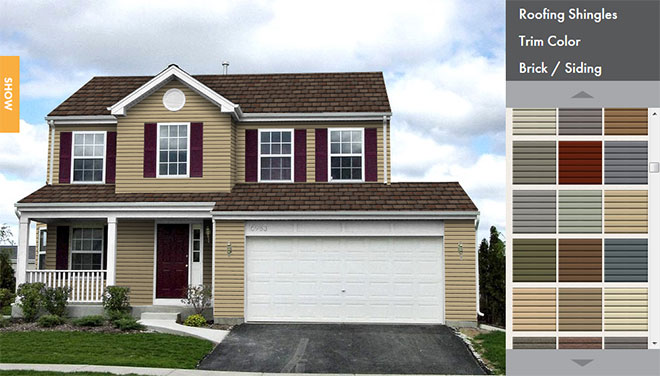Roof Inspection MN
Your roof is an investment, and like any investment, you want to do what you can to protect its value.
Studies have shown that approximately 15% of all new roofs fail within their first six years of service. Inspecting your roofs early on is an important aspect to protecting this valuable asset and maximizing the value of your investment.
Reasons to Inspect Your NEW Roof
The greatest single advantage to conducting roof inspections early and often is to identify problems, or potential problems, at an early stage. Deficiencies in design, material selection and workmanship may not be obvious at the completion of a roofing project; it may take a little time for such a deficiency to become apparent. A majority of deficiencies will likely surface within the first two or three years.
Too often, we hear people comment that they don’t need their roofs inspected because they are “new”. The following factors identify the benefits of inspecting new roofs, and explain the potentially high value of this proposition:
Identify future preventive maintenance parameters
As time passes, roof replacement projects are normally required several times throughout the life of a building. The primary objective in maintaining roofs should be to maximize the service life of each new system, thus reducing each roof’s life cycle cost. As with any other asset, this goal is attainable only if a comprehensive preventive maintenance program is implemented when the asset is new.
Performing an initial investigation early in a roof’s life will allow recommendations for future maintenance activities to be mapped out when they pack the most punch. Waiting until the roof is middle aged and random leaks have occurred, is not the best time to begin a maintenance program.
Identify potential problems early
The longevity of a roof system is largely dependent on three factors: quality of workmanship, quality of materials and appropriateness of design. Assuming the design is appropriate, the possibility exists for defects in workmanship or material problems. One should never assume that because a roof is new, the installation is free of deficiencies. Many times these deficiencies are apparent from day one, or may surface within the first few years after installation. In general, the sooner after installation the problems are discovered and repaired, the less damage will result. Another advantage to early detection is that the owner’s chances of holding the responsible party accountable increase.
To monitor the roof for damage
The susceptibility of a roof system to damage is in many instances unrelated to roof age. Drains or scuppers clogged with tree litter or other debris may promote ponding water and associated premature roof system deterioration. In extreme cases, collapse of the roof has resulted from excessive ponding related to clogged drainage outlets.
Extreme weather situations, damage by mechanical trades, staging of adjacent construction projects over the roof, and vandalism are all possible causes of damage to new and old roofs alike. Early detection of damage is only feasible through roof inspections. Wind damage is also a common problem. Punctures due to blowing debris or poorly secured rooftop units will become leak sources if not repaired immediately. Such punctures can allow water into the roof insulation, thus slowly damaging the insulation and eventually leaking into the building interior. Conduct roof inspections immediately following stormy weather and on a regular basis to check for potential problems.
To eliminate exclusions from the warranty
If the manufacturer’s warranty is to remain effective, several requirements must typically be met by the owner. Most warranties contain exclusions from coverage if the owner has failed to properly maintain his or her roof system. A critical component of this maintenance program is regular inspection of the roof and associated components.
The owner is required to regularly inspect the roof and related components, and to notify the manufacturer immediately of any defects. If a building owner fails to do so, the existing warranty can become null and void. Roof inspections conducted early and regularly in the life of the roof, may reveal a defect that clearly is the manufacturer’s responsibility to repair at no cost to the owner.
For business owners, property managers, and those in industrial properties, the roofing needs can be very different from those of residential homeowners. A commercial roofing contractor understands the unique needs of multi housing communities. For those consumers, Minnesota Commercial Roofing Contractors are the ones to call, as they specialize in the specific types of roofs found on townhomes, condominiums, business and industrial structures.


 Click Here
Click Here Click Here To Use
Click Here To Use